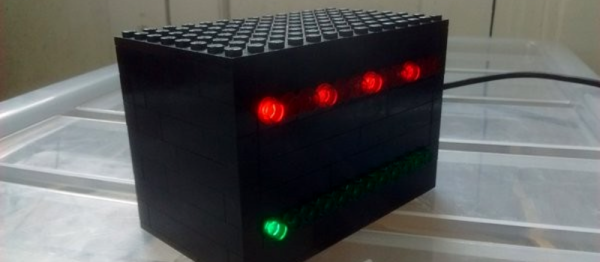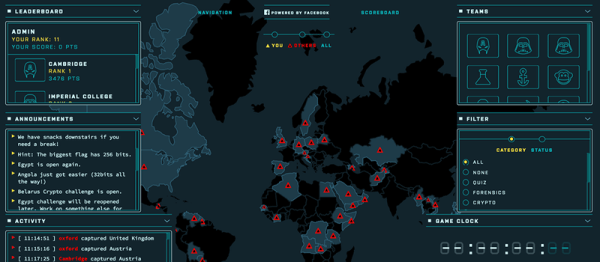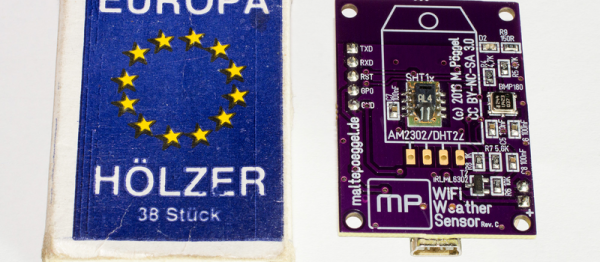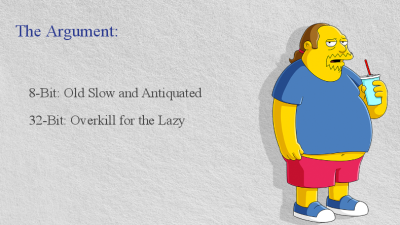3D printing is supposed to be about rapid prototyping. Design, print, use, re-design, print, test — iterate until happy. But when you’re laying down filament at 60 mm/s, it can seem anything but rapid.
[Huaishu Peng], [Rundong Wu], and their supervisors at Cornell have come up with a 3D printer that can print almost as fast as you can model, and is able to add and subtract from the model on the fly. The goal is to get an initial model out so quickly that designing and printing can be truly interactive. They look to have succeeded — check out the video below.
3ders.org has a brilliant writeup of the machine that you should also go read once the video’s magic has worn off. There’s a lot going on to make this all work. The printer adds two extra degrees of freedom and a cutter head so that it can make additions and subtractions from the side, and is not constrained to layer-by-layer construction. To get the ABS to cool fast enough to make solid strands, water jets mist it down to temperature just after it’s printed.



















